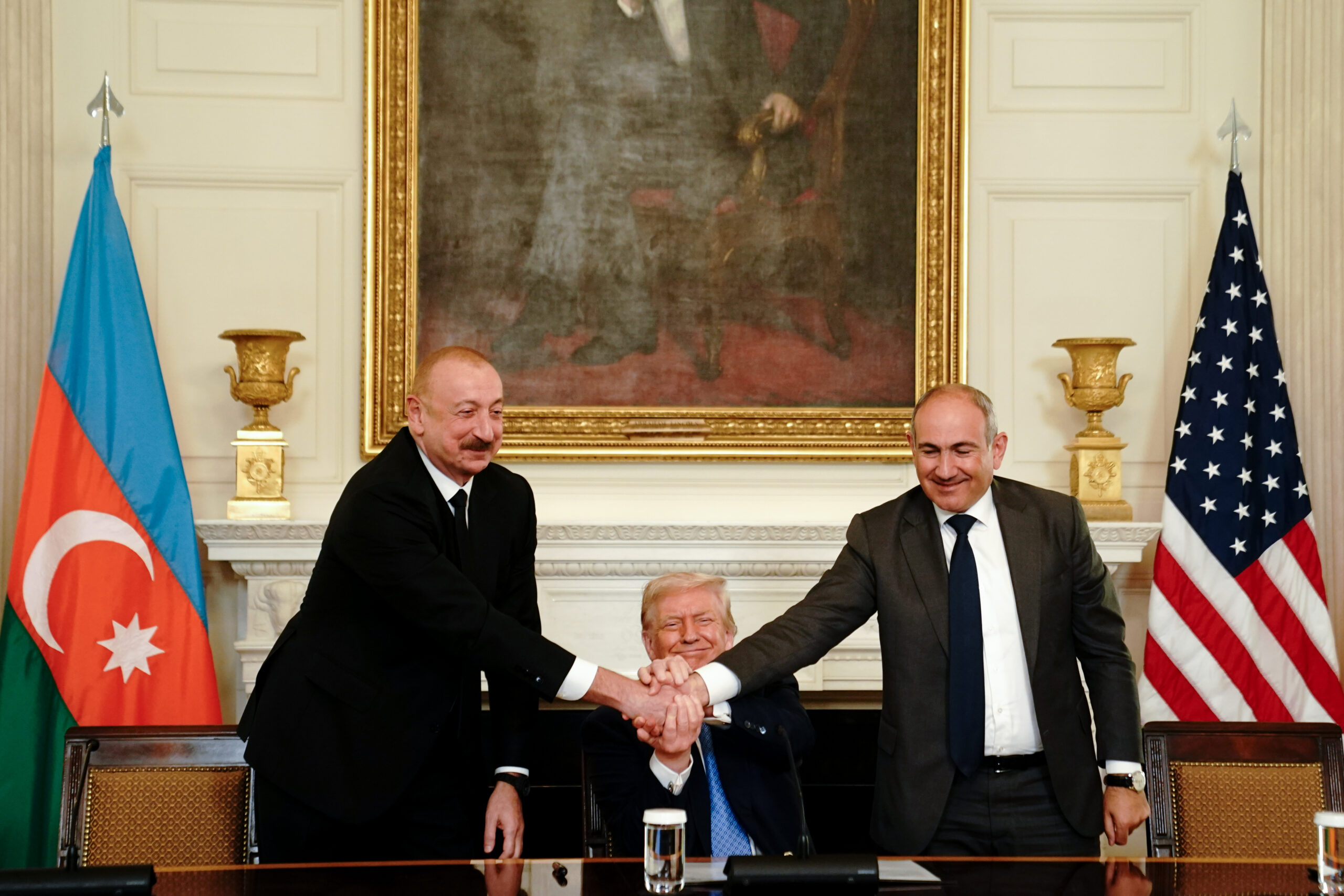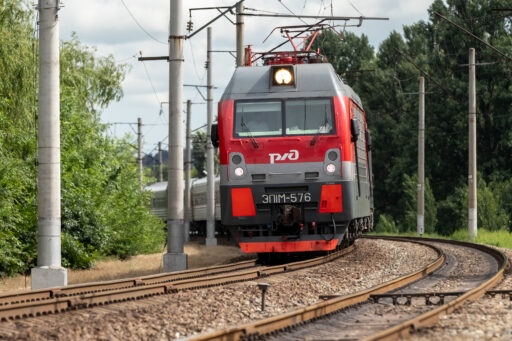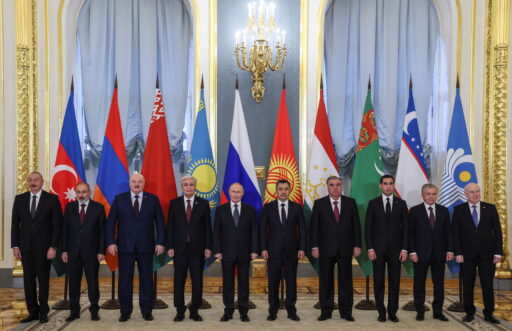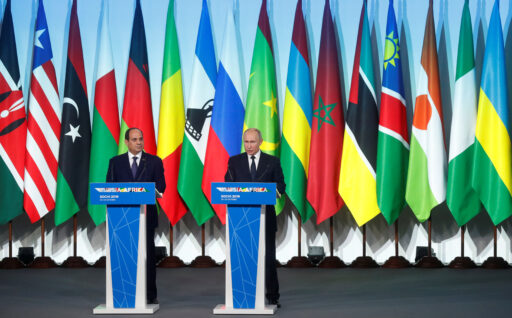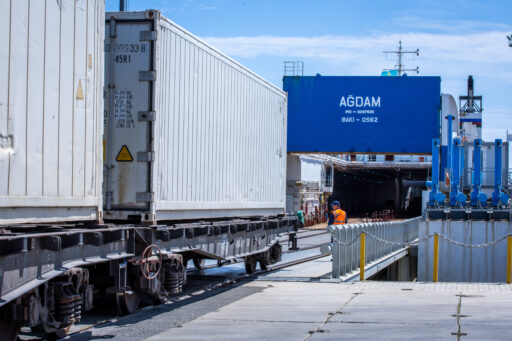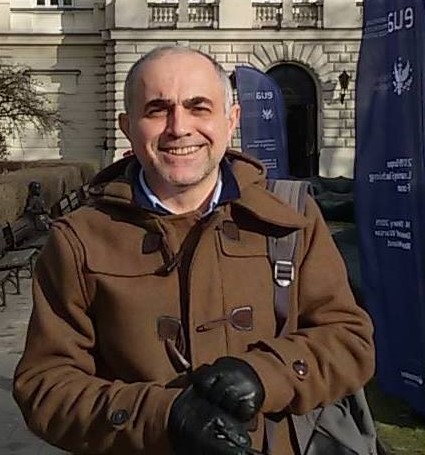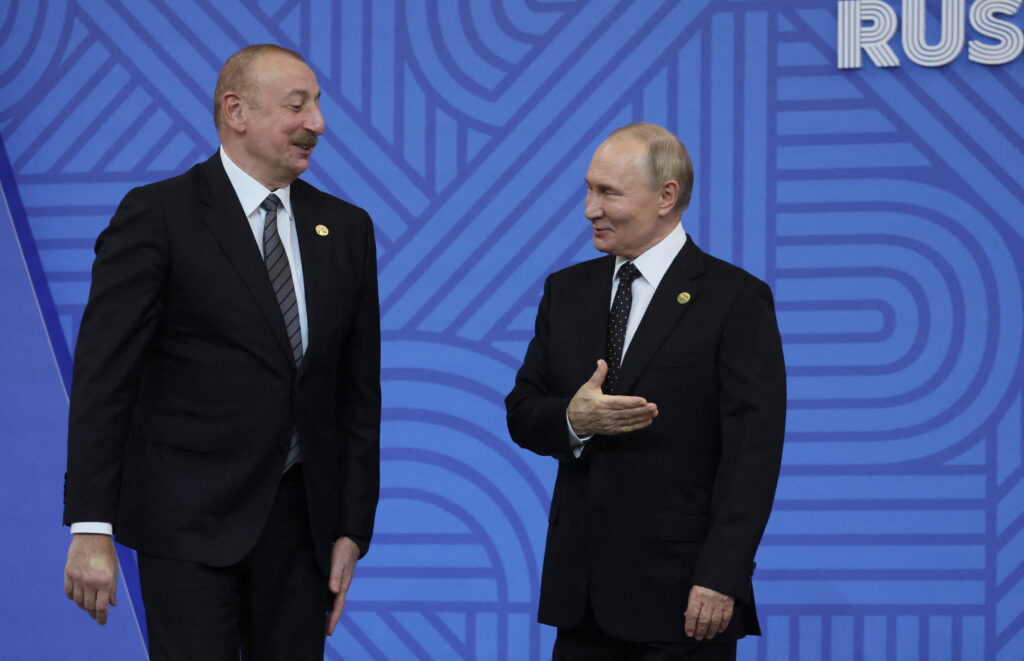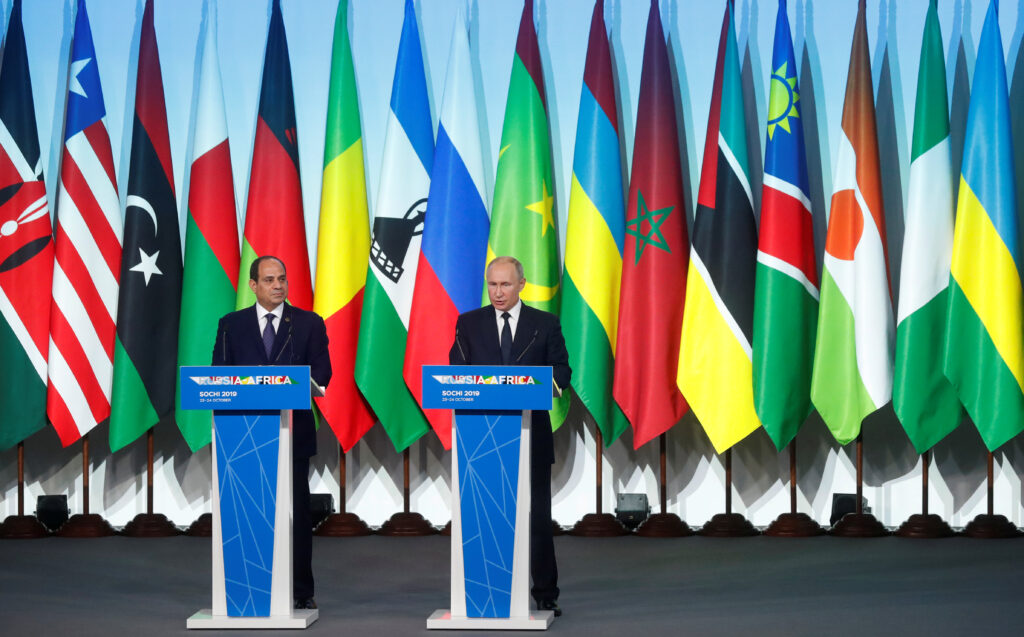In 1919, under combined British and American pressure, a peace agreement between Armenia and Azerbaijan—known as the Agreement Respecting the District of Zangezur—was signed. Unfortunately, it was unsuccessful, and a few months later, Armenian offensive operations against Azerbaijan broke the agreement. By 1920, Bolshevik Russia occupied both countries. However, the geopolitical context at the time was entirely different, with distinct interests driving the great powers in the South Caucasus and the broader international system. Moreover, neither Armenia nor Azerbaijan had sufficiently strengthened their statehood or resolved their conflict in the few years following the collapse of the Russian Empire in 1917. Now, the United States is once again mediating between Armenia and Azerbaijan to achieve a lasting peace, which includes opening a transport route, often referred to as the Zangezur Corridor.
Some experts, drawing on historical experiences, fear that excluding Moscow from peace negotiations between Armenia and Azerbaijan could jeopardize a final agreement. While understanding the historical context of any process is essential, historical parallels are not always reliable guides for analyzing current developments in international relations and security. In many cases, historical examples can obscure a realistic assessment of present circumstances. Notably, Russia’s influence in Baku and Yerevan has been significantly declining since 2022. Although Moscow retains some tools to influence both capitals—particularly Yerevan—its sway in the region, and across the former Soviet space, has been waning since the dissolution of the USSR. This historical process has accelerated since Russia’s invasion of Ukraine.
In this piece, we will explore how and why the U.S.’s visibly increasing involvement could affect Russia’s interests in the South Caucasus, whether Moscow can resist this shift, and how it might attempt to do so.
The Trump Route
During recent meetings in Washington between the leaders of Azerbaijan, Armenia, and the United States, several memorandums were discussed and signed, covering areas such as regional connectivity, energy, trade and transit, investment, artificial intelligence, digital infrastructure, defense, security, and counter-terrorism.
Most significantly, a trilateral summit resulted in the signing of a Joint Declaration by the leaders of Azerbaijan and Armenia, with the U.S. President as a witness. While not a final peace agreement, this declaration lays the groundwork for a potential peace treaty in the near future. Additionally, the foreign ministers of Armenia and Azerbaijan initialed the Draft Agreement on the Establishment of Peace and Interstate Relations between the Republic of Azerbaijan and the Republic of Armenia. They also signed a joint letter to the OSCE Chairperson-in-Office, requesting the closure of the OSCE Minsk Process and its related structures. However, further steps are needed to finalize and ratify the agreement. Azerbaijan expects Armenia to amend its constitution to eliminate territorial claims against Azerbaijan as a prerequisite for signing.
Another key provision in the Joint Declaration is the commitment to opening transportation and communication links between the two countries. It outlines a special connectivity project to be implemented within Armenian territory—the Trump Route for International Peace and Prosperity (TRIPP). According to the declaration, Armenia will collaborate with the United States and mutually agreed-upon third parties to establish a framework for the TRIPP project. This route aligns with the Zangezur Corridor, which Russia has been unsuccessfully attempting to launch and control since 2020. Despite rumors and concerns in Russian media, technical details—such as construction and, crucially, security arrangements—remain under discussion.
Is Russia Leaving the South Caucasus?
Despite strained political relations, Russia remains one of the main trade partners for both Armenia and Azerbaijan. By the end of 2024, trade turnover between Russia and Armenia had doubled, reaching $ 12.4 billion, a 56.5% increase from 2023. However, in the first half of 2025, trade with Russia dropped significantly, from approximately $ 7.5 billion to $ 3.4 billion—a 2.2-fold decrease. Despite this, Russia remains Armenia’s leading foreign trade partner.
Trade turnover between Azerbaijan and Russia in 2024 amounted to about $ 4.8 billion, a 10.1% increase, ranking Russia third among Azerbaijan’s trade partners after Italy and Turkey. In the first half of 2025, trade with Russia reached $ 2.52 billion, a 16.2% increase compared to the same period in 2024, despite ongoing political tensions between Baku and Moscow.
Russian Deputy Prime Minister Alexei Overchuk has noted that discussions of Armenia’s potential rapprochement with the European Union are already having a «colossal negative economic effect» on relations with Russia. Overchuk warned that Russian entrepreneurs are becoming more cautious about doing business with Armenia, a statement that can be interpreted as a veiled threat. Similar threatening messages and reports are increasingly appearing in Russian media regarding economic relations with Azerbaijan, including pressure on Azerbaijani labor migrants. However, Russia’s economic leverage is stronger over Armenia than Azerbaijan.
The Trump Route vs. Putin’s Corridor?
The South Caucasus is a critical hub for major international transport routes, including the western route of the International North-South Transport Corridor (INSTC) and the East-West Transport Corridor (the Middle Corridor) of the Belt and Road Initiative (BRI). These routes are geoeconomically vital for the region’s development. Paraphrasing Halford Mackinder’s Heartland Theory, whoever controls Eurasia’s international transport routes ultimately influences a significant portion of global trade and geoeconomics. Regional and global powers—China, Russia, the European Union, Türkiye, and Iran—are already involved in these projects. The United States now appears to be entering this transport competition to establish a presence on routes connecting China to Europe and prospective routes like Russia-Iran-India. This move likely reflects not only the current U.S. administration’s desire to resolve another conflict for political gain but also a strategic priority that will remain on the agendas of future U.S. presidents.
Since the Second Karabakh War, transport routes have remained central to relations between Baku and Yerevan, with Moscow playing an active role until recently. Russia views the reopening of routes between Armenia and Azerbaijan as a means to gain railway access to Armenia, Iran, and Türkiye, and to control the railway connection between Azerbaijan and its Nakhchivan exclave, which could link to Türkiye via Russian border guards. Russian logistics companies and experts argue that the Rasht-Astara railway is not the only, or perhaps even the optimal, way to activate rail traffic along the western route of the INSTC. An alternative could be reviving transit through the Julfa station in Nakhchivan, which facilitated freight traffic from the USSR to Iran during the Soviet era—in other words, through the Zangezur Corridor.
Iran, a strategic partner of Russia, opposed Moscow’s plan to control transport routes between Azerbaijan and Armenia. Tehran expressed concerns that such control could allow Russia or Turkey, its regional rivals, to dominate Iran’s trade routes through Armenia to Georgia, the Black Sea, and Europe. This could also undermine China’s interests in connecting to Europe via Iran and Turkey.
Following the announcement of the Trump Route project, an Iranian official declared that Iran would prevent the establishment of an American corridor in the Caucasus region, regardless of whether Moscow aligns with Tehran. Although it is possible that Moscow could leverage Tehran for their shared interests, Russia has not officially criticized agreements made in Washington. However, Moscow may use this situation as a bargaining tool in negotiations with Washington. The Russian Ministry of Foreign Affairs (MFA) positively assessed the peace agreement between Armenia and Azerbaijan. Nevertheless, the MFA emphasized that Russia would closely analyze U.S. statements regarding the unblocking of regional communications. Furthermore, Armenian Prime Minister Nikol Pashinyan informed Russian President Vladimir Putin about his meeting with the presidents of the United States and Azerbaijan. While Putin acknowledged the importance of steps toward sustainable peace between Yerevan and Baku, he reiterated Russia’s readiness to assist in line with the trilateral agreements signed at the highest level between 2020 and 2022, which aim for the comprehensive normalization of Armenian-Azerbaijani relations, including the unblocking of transport communications in the region. Although Moscow appears concerned about recent developments, it seems reluctant to openly challenge Trump’s initiative amid ongoing negotiations with Washington and ahead of the Alaska meeting. For now, Moscow prioritizes Ukraine and the normalization of relations with the United States over developments in the South Caucasus. While Moscow still considers the region part of its «sphere of vital interests,» it may defer its focus on the South Caucasus until it achieves its primary objectives, according to Kremlin thinking.
Although Russia retains tools to exert pressure on Baku, its main target appears to be Yerevan, given the extent of Moscow’s involvement in Armenia. Beyond political influence over certain Armenian political groups and its military bases in the country, Russian companies control several strategic economic sectors in Armenia, including the South Caucasus Railway, a subsidiary of Russian Railways. This entity has managed the Armenian Railway since 2008 under a 30-year concession agreement, with the option to extend the management term for an additional 10 years. This could pose challenges for the realization of the Trump Route project.
Ideally, the Zangezur corridor could be realized in a manner similar to the Caspian oil consortium of the 1990s. Despite Moscow’s dissatisfaction and occasional attempts to challenge Baku, Russian companies participated in that project. A similar arrangement could not only accelerate the development of the transport route and open other communication channels in the South Caucasus but also foster lasting peace between Azerbaijan and Armenia. However, such a project is feasible only if Washington and Moscow can resolve their conflicting interests, not only in the South Caucasus but also regarding Ukraine and other geopolitical concerns.
More importantly, such cooperation on joint projects requires Moscow to accept the changing geopolitical and geoeconomic realities in its neighborhood, which was once considered its «legal sphere of influence.» Currently, Moscow appears unprepared to embrace these changes.
Conclusion
Although a swift resolution would be desirable for both nations and the region, the ethnic nature of the conflict, its duration since the early 20th century, the economic disparities between Armenia and Azerbaijan, their respective power capabilities on the international stage, and their geographic constraints necessitate the involvement of a great power to achieve lasting peace between Baku and Yerevan. In this regard, a great power can offer not only security guarantees but also investments, technology, and trade opportunities, making it more attractive. Compared to the United States, Russia currently offers fewer benefits and more threats, diminishing its ability to win the support of Baku and Yerevan. Moreover, Moscow’s foreign and security policies in recent years have pushed former Soviet states further away, accelerating the inevitable historical process of the Soviet Union’s continued dissolution. Ironically, while Putin and his allies criticize Gorbachev’s mistakes for «bringing about the end of the Soviet Union,» history will likely judge Putin’s recent policies as hastening the end of the Soviet Empire’s political legacy.
Despite uncertainties, Baku and Yerevan are pursuing security guarantees from Washington, and U.S. involvement in the region is crucial for both countries to counterbalance Russia’s threatening posture toward Armenia and Azerbaijan. In this context, the recent meeting and signed agreements in Washington are beneficial for Baku and Yerevan, even if they do not resolve all issues. However, achieving lasting peace and opening communication channels between Armenia and Azerbaijan will depend on the will of both nations, their leaders, and the reconciliation of the interests of involved great powers—or the emergence of a regional hegemon. Regarding Russia’s influence in the South Caucasus, it has been eroding since 1991, with an accelerated decline since 2022. Russia no longer holds exclusive rights to the region. However, Russia is not withdrawing from the Caucasus due to its geographic proximity. It would be incorrect to claim that Russian influence in the South Caucasus has ended. Whether Russia’s influence in the South Caucasus will grow in the future depends on the state of its economy, foreign policy, and developments in the international system.
